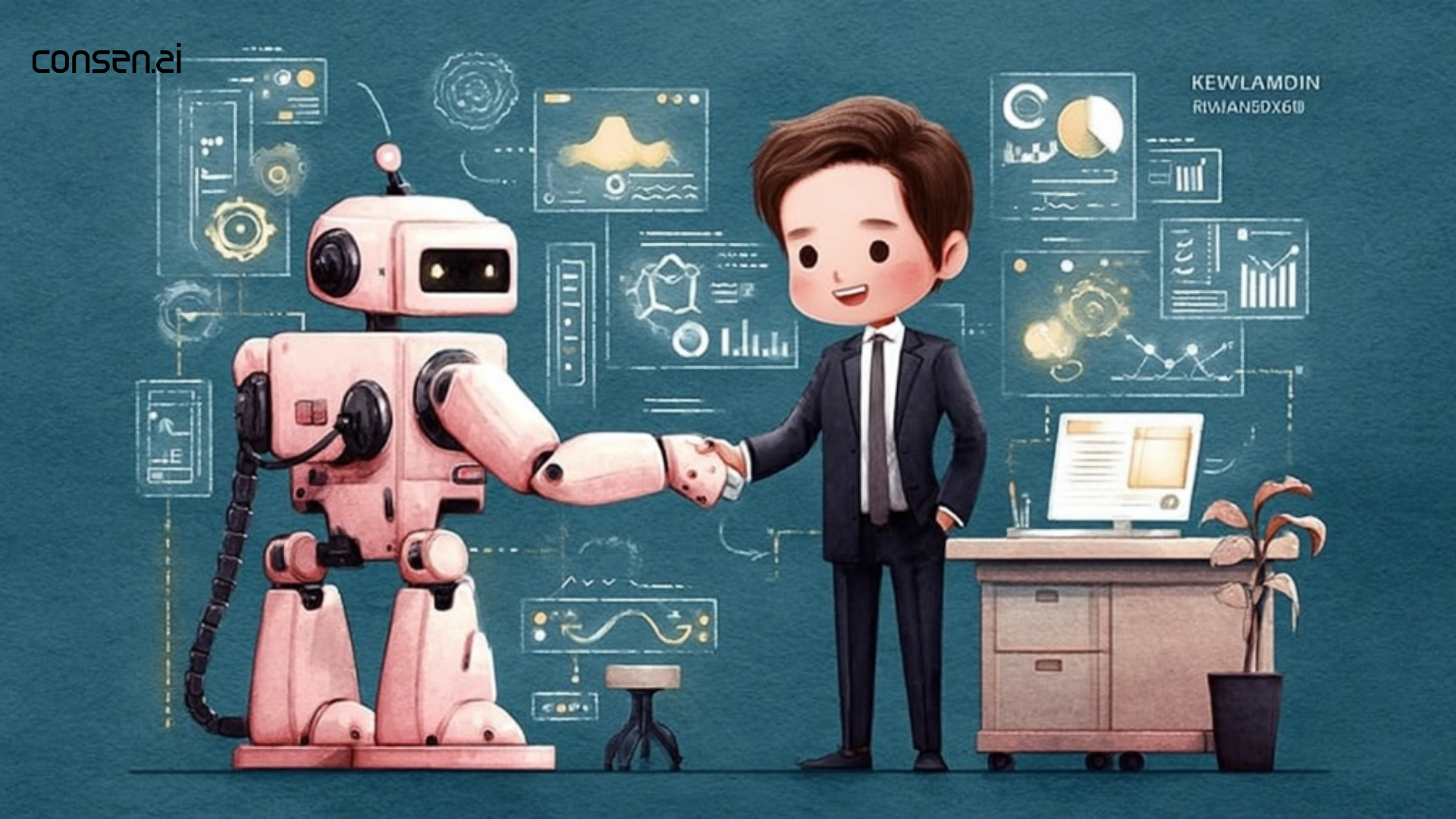Key Takeaways
- Translation Memory (TM) is crucial for both cost-saving and ensuring consistency in translation projects.
- TM operates by storing previously translated text segments, facilitating efficient reuse.
- It offers advantages like reduced costs, quicker project delivery, and consistent language across diverse documents.
- Selecting the right TM system requires assessing its compatibility with your current workflows.
- Implementing TM strategically enhances competitive advantage in global markets.
Why Translation Memory is Indispensable for Businesses
In the rapidly evolving global market, businesses are constantly searching for ways to streamline their operations and maximize efficiency. One tool that has become a game-changer in the world of translation is Translation Memory (TM). But what exactly makes TM so crucial for businesses today? Let's dive in and explore its growing importance.
Translation Memory is essentially a database that stores previously translated text segments. These segments could be anything from single sentences to entire paragraphs. When new content is being translated, the system checks for matches in its database. If there's an exact match, the translation is instantly retrieved, saving both time and money. Even if there’s a 'fuzzy match', which is a similar sentence, translators can quickly adapt the existing version rather than starting anew.
Imagine a company that frequently updates its user manuals across several languages. Without TM, they’d be paying to translate the same content repeatedly, leading to unnecessary costs and potential inconsistencies. With TM, however, the repetitive content is reused, ensuring consistency and reducing translation expenses.
Translation Memory is one of the most powerful tools for organizations that want to reduce costs, speed up delivery, and maintain consistency across multilingual projects. — <br>
Businesses without TM often face challenges like repetitive translation costs and inconsistent messaging across different languages. This can harm a company's brand image and lead to miscommunication. In contrast, TM transforms the translation process by offering a reliable way to manage global communication efficiently. It’s not just about saving money; it’s about ensuring that your message is consistently and accurately conveyed across all markets.
Ultimately, for any organization operating on an international scale, Translation Memory is not just a tool—it's an essential part of their strategy to maintain competitiveness and ensure quality communication worldwide. If you're curious about further optimizing your translation processes, consider exploring how TM can be integrated with other technologies like AI to truly revolutionize your operations.
How Translation Memory Operates
Imagine you're working on translating a set of documents that, while mostly new, contain some repeated phrases or sentences. Enter Translation Memory (TM), your trusty sidekick in the translation process. TM is essentially a database that stores segments of text that have been translated before, such as sentences or even individual phrases. This means when you're faced with a familiar sentence, TM recalls your past work, saving you time and ensuring consistency.
Let's break down how TM operates. When you begin a new project, the Computer-Assisted Translation (CAT) tool checks the TM database to find exact matches—segments that are precisely what you've translated previously. These matches are retrieved and applied instantly, no fuss, no muss. But what about sentences that are similar but not identical? That's where fuzzy matches come in. TM suggests the closest translation from your database, allowing you to adapt it with minimal effort.
Then there's the concordance search feature. Imagine you're struggling with a tricky phrase. Concordance search allows you to find similar phrases in the TM database, giving you context and inspiration from previous translations. It’s like having a cheat sheet built from your own work, providing both confidence and consistency.
A practical example of TM in action can be seen in industries like healthcare or technology, where consistent terminology is critical. For instance, a medical device company updating its user manual across multiple languages can benefit immensely from TM. Instead of translating the entire document anew, TM helps reuse previously approved translations, ensuring both efficiency and safety compliance.
In essence, Translation Memory transforms the translation process from a potentially tedious task into a streamlined, efficient workflow. It's like having a personal assistant that remembers every detail of your past projects, helping you deliver accurate and consistent translations every time.
The Tangible Benefits of Using Translation Memory
Imagine you're running a multilingual business that regularly produces content across various languages. The thought of translating the same phrases over and over again can be daunting, not to mention costly. That’s where Translation Memory (TM) comes into play, acting as a powerful ally to streamline your translation processes.
One of the most noticeable benefits of TM is its ability to significantly reduce translation costs. By storing previously translated texts, businesses only pay for the initial translation of new content, while repeated content is billed at a much lower rate. Consider a disclaimer repeated in multiple documents; with TM, you only cover the full translation cost once, and every subsequent use is cheaper.
Besides saving money, TM also accelerates project delivery. When translators can quickly access approved translations, they spend less time re-translating content. This is invaluable for businesses needing fast turnarounds, like during global product launches or regulatory submissions.
Consistency is another cornerstone benefit of TM. It ensures a uniform voice and style across all translated materials. Inconsistent terminology can damage brand credibility and even lead to compliance issues in regulated sectors. With TM, you maintain consistent terminology and brand messaging, whether you're translating a technical manual or marketing materials.
By integrating Translation Memory into your workflow, you not only save time and money but also bolster your brand's integrity across international markets.
Selecting the Right Translation Memory System for Your Business
Choosing a Translation Memory (TM) system is a bit like picking the right pair of shoes. It's not just about finding something that fits today; it needs to support you as you grow. So, how do you find the perfect match for your business? Let's dive into some key considerations.
Ease of Integration: First things first, your TM system should integrate smoothly with your current workflows. Think of it as adding a new ingredient to your favorite recipe—you want it to blend seamlessly, not create lumps. Make sure the system can work with your existing content management systems (CMS) to avoid disruptions. This way, you won't have to overhaul your entire process just to accommodate the new tool.
User-Friendliness: Nobody wants a system that's harder to navigate than a maze. Look for a TM system that's intuitive and easy for your team to learn. The less time they spend figuring out how to use it, the more time they can spend on what really matters—producing high-quality translations.
Scalability: As your business grows, so will your translation needs. A good TM system should not only meet your current demands but also scale alongside your business. Consider whether the system can handle increased volume and complexity without a hitch.
Compatibility with Strategic Goals: Your TM system should be more than just a tool; it should be a strategic partner that aligns with your company's long-term objectives. Evaluate if the system supports the specific languages and markets you plan to target in the future.
Expert Advice: Sometimes, seeking expert advice can save you from potential pitfalls. Consider consulting with translation experts or agencies who can provide insights tailored to your industry. This step ensures that you're not just picking a system that looks good on paper but one that truly meets your business needs.
Ultimately, selecting a TM system is about finding a balance between functionality, ease of use, and alignment with your strategic goals. With the right system in place, your business can enjoy the cost savings and consistency that Translation Memory promises. For more insights on how TM can transform your translation processes, check out our article about The Financial and Strategic Benefits of Translation Memory
Integrating Translation Memory into Your Global Strategy
Successfully implementing Translation Memory (TM) in your global strategy isn't just about flipping a switch—it's about taking thoughtful steps to ensure it becomes a natural part of your workflow. Here's how you can get started:
- Start Early: Begin building your TM database as soon as possible. The earlier you start, the more robust your database becomes, leading to greater cost savings and efficiency down the line.
- Collaborate with Expert Linguists: Quality translations are the backbone of an effective TM system. Work closely with experienced linguists to ensure your TM database is filled with high-quality, contextually accurate translations.
- Integrate with Localization Goals: TM should be embedded within your broader localization strategies. This integration ensures consistency while still allowing for the cultural nuances that are essential in global communication.
- Leverage Technology: Connect your TM with content management systems and project workflows for seamless operations. In some cases, pairing TM with AI-assisted translation can further enhance efficiency.
By embedding TM into your global strategy, you create a sustainable system for long-term international success. The benefits are clear: reduced costs, faster project turnaround, and consistent messaging across all markets. If you're interested in exploring more about the evolution of translation tools, check out our article on the history of translation tools. It offers fascinating insights into how these tools have evolved to break language barriers efficiently.
Thank you for reading!

